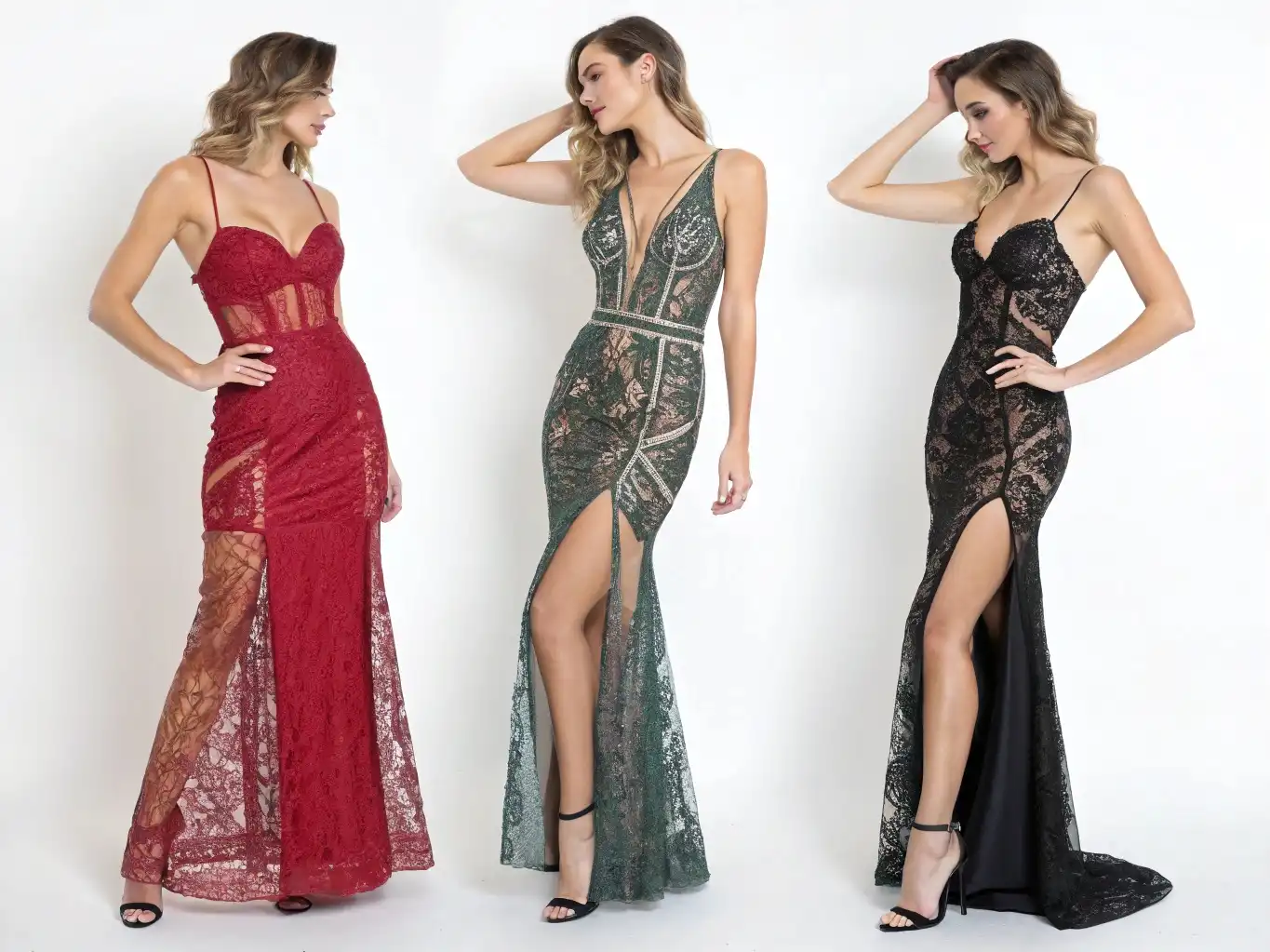Sewing women’s fashion isn’t just about creativity—it’s about efficiency. If your machine slows you down, it can cost time, energy, and even money.
The best sewing machines for women’s fashion offer a mix of precision, speed, and smart features like automatic threading, stitch libraries, and speed control. Computerized models are often ideal.
When I started my first fashion line, I used a basic machine. It worked—but it couldn’t keep up. The moment I upgraded, production doubled. Let’s explore what machines can help you do the same.
What are the best types of sewing machines for making women’s clothing?
Different designs require different machine strengths. For dresses, blouses, and skirts, not just any sewing machine will do.
For women’s clothing, mid- to high-end computerized machines1 with decorative stitches and precision controls work best. They handle delicate fabrics and complex designs with ease.
Which sewing machines are best for designing dresses, blouses, and skirts?
Look for models with free arms, adjustable presser foot pressure, and multiple stitch options. These help when sewing curves, darts, and hems—especially on flowy fabrics like chiffon or satin.
Are computerized machines better for fashion clothing creation?
Yes. They offer consistent stitching, speed control, and built-in stitch patterns. This is key for detailed, fashion-forward designs. Manual machines can work, but computerized ones save time and effort.
What features matter most in a fashion-focused sewing machine?
Features are where efficiency happens. Small upgrades can cut hours off your workflow.
Automatic threaders, stitch libraries, and adjustable speed controls are must-haves. They reduce setup time and make sewing smoother—especially on tight deadlines.
Do you need an automatic threader and stitch library for faster work?
Yes. Auto-threaders remove eye strain and save setup time. A stitch library gives you quick access to styles like zigzag, buttonhole, or stretch stitches—without manual changes.
How important is speed control and foot pedal sensitivity for precision sewing?
Crucial. Some fabrics slip or pucker easily. Being able to slow down and keep control ensures professional results. A responsive pedal also lets you stitch precisely on delicate seams.
Which sewing machines do professionals recommend for women’s fashion?
Brand matters—but not all models from a good brand will meet fashion-specific needs. The key is matching your sewing goals to the right features.
Brother, Singer, Janome, and Juki2 are top brands for women’s fashion. Each offers models that balance ease of use with professional quality.
Which brands are best for women’s fashion projects—Brother, Singer, Janome, or Juki?
| Brand | Strengths |
|---|---|
| Brother | User-friendly, great for embroidery |
| Singer | Affordable, good all-rounder |
| Janome | Precise stitching, ideal for fashion fabrics |
| Juki | Industrial-level power and speed |
Are there specific models tailored for boutique or small fashion businesses?
Yes. Machines like the Janome HD3000, Brother PQ1500SL, and Juki TL-2010Q are great choices. They offer reliability, speed, and features suited for small-batch or boutique production.
Serger vs. traditional sewing machine: What speeds things up more?
Both machines serve different purposes. Used together, they can change your workflow completely.
A serger isn’t a replacement for a sewing machine, but it makes seams faster and more professional. For fashion production, combining both gives the best results.
Is a serger essential for finishing hems and seams professionally?
Yes. Sergers trim, stitch, and finish edges in one go. This creates strong, clean seams like those in ready-to-wear garments. It’s almost impossible to match that finish with a regular machine.
When should you combine a serger with a sewing machine?
Use the sewing machine for constructing garments—darts, zippers, pleats. Then finish seams with the serger. This combination boosts speed and gives a polished final product.
How can you maximize efficiency in fashion sewing?
A powerful machine helps—but smart techniques and tools matter just as much in speeding up production.
Streamline cutting, pinning, and stitching by working in batches, using pattern weights, and preparing tools in advance. Specialized attachments can also save time.
How can you streamline cutting, pinning, and stitching for faster workflow?
Batch similar tasks together—cut all pieces before sewing. Use rotary cutters for faster cutting. Magnetic pin holders and pre-threaded bobbins also cut down idle time.
What attachments or tools help speed up detailed work like zippers and pleats?
- Zipper Foot: For clean, precise zipper installation.
- Walking Foot: Helps when sewing slippery or layered fabrics.
- Ruffler or Pleater: Saves hours when creating gathers.
- Adjustable Bias Binder: Finishes edges quickly and cleanly.
Conclusion
The right sewing machine can transform your women’s fashion workflow. Look for smart features, quality brands, and don’t forget the value of a good serger.






